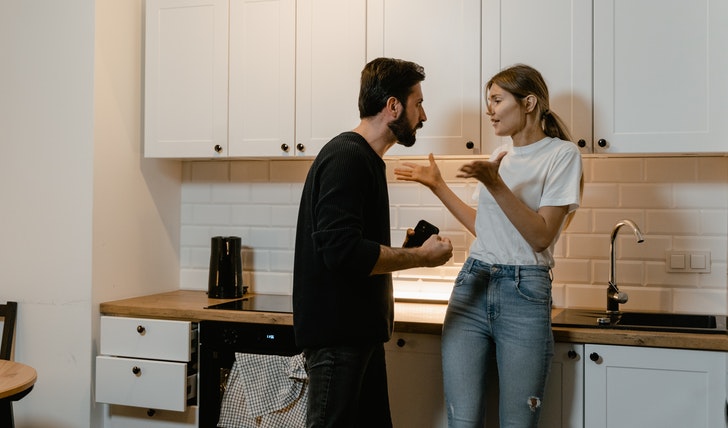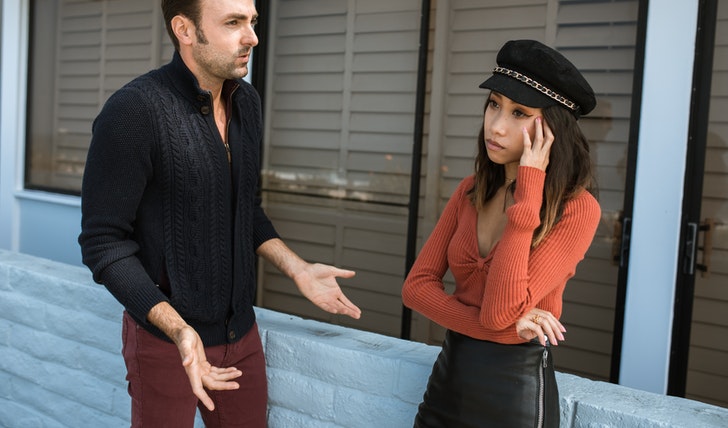Codependency is the opposite of dependency. And it’s mostly found in relationships like lovers, friends, spouses, or any attached family member. Being a codependent doesn’t mean that you’re in a romantic relationship. In contrast, it commonly happens in households where one person has an addiction or an abuse issue.
However, codependency is not like an alarm or an alert, which notifies you of being in it. You realize it when you’re in the depths of this dysfunction.
The Actual Meaning Of Codependency
According to Merriam Webster dictionary, codependency is a relationship in which one person, who is of low-esteem and needs, desiring anything from another person, who is more manipulative, controlling, or dominating.

Furthermore, Ruiz adds that Codependency is when the partner always has to attend to their partner’s needs, wants, and desires and always worries that if we get careless or our partner will leave us because they might not be doing well enough for them.
According to Ruiz, some other common signs of codependency are:
- Feeling puzzled, confused, or perplexed when another person is not around.
- Making your partner’s well-being a priority over yours.
- Inability to limit boundaries.
- Ignoring gut intuitions for the sake of your partner.
How Can You Stop Being Codependent?
Firstly, you need to realize whether you are a codependent or an independent. And if you’re answer is codependent, then kudos to you that you need a change from this situation. Here are six of the potential change-gaining solutions:

1. Consult A Mental Health Expert
Chavez (psychologist and certified therapist) asserts that early trauma leads to behaviors such as separations, deep traditional beliefs, or an unhealed attachment, which leads to caregivers or givers.
However, Chavez recommends consulting a healthcare provider specializing in codependency to get yourself out of the situation.
2. Identify The Issue
Ruiz recommends keenly watching and understanding where and how codependency shows up in your relationship. Moreover, once you realize that you’re codependent, then ask yourself:
- What does a codependency relationship make me feel?
- Where does the codependency relationship occur?
- Can I pinpoint specifically when exactly codependency started? Why? How?
- After answering these questions, you might better understand how you can limit boundaries from being codependent.

3. Fortify Your Support Network
Furthermore, Chavez added that, undoubtedly, personalized therapy has its benefits. But there are also some therapy groups and 12-step programs that aid you in healing unconscious wounds from the past.
In addition, utilizing these support programs will help you establish a new network of healthy dependency and accountability towards self–awareness and priorities.
4. Self-Educate Yourself On Codependency
If you want to gain knowledge about anything, nothing is better than learning from an expert. However, you can access Google and various search engines to find a way out of your problem, and you can even identify your issues by reading.
5. Become a Student
Chavez suggests that the humility of considering yourself a student and a learner is the first step in addressing codependency.
Similarly, learning from certain topics may aid you in addressing the origins of your behavior and beliefs. In turn, these patterns form a working model against codependency.
6. Frequently Ask Yourself “Your Why” & Learn From it
Rebecca Philips (licensed expert counselor) said that if you are confused and perplexed right now, it’s a common issue with people trying to cope with codependency.
However, many codependent relationships forget about their self-being because their identity is wrapped up in their dysfunctional relationship.




